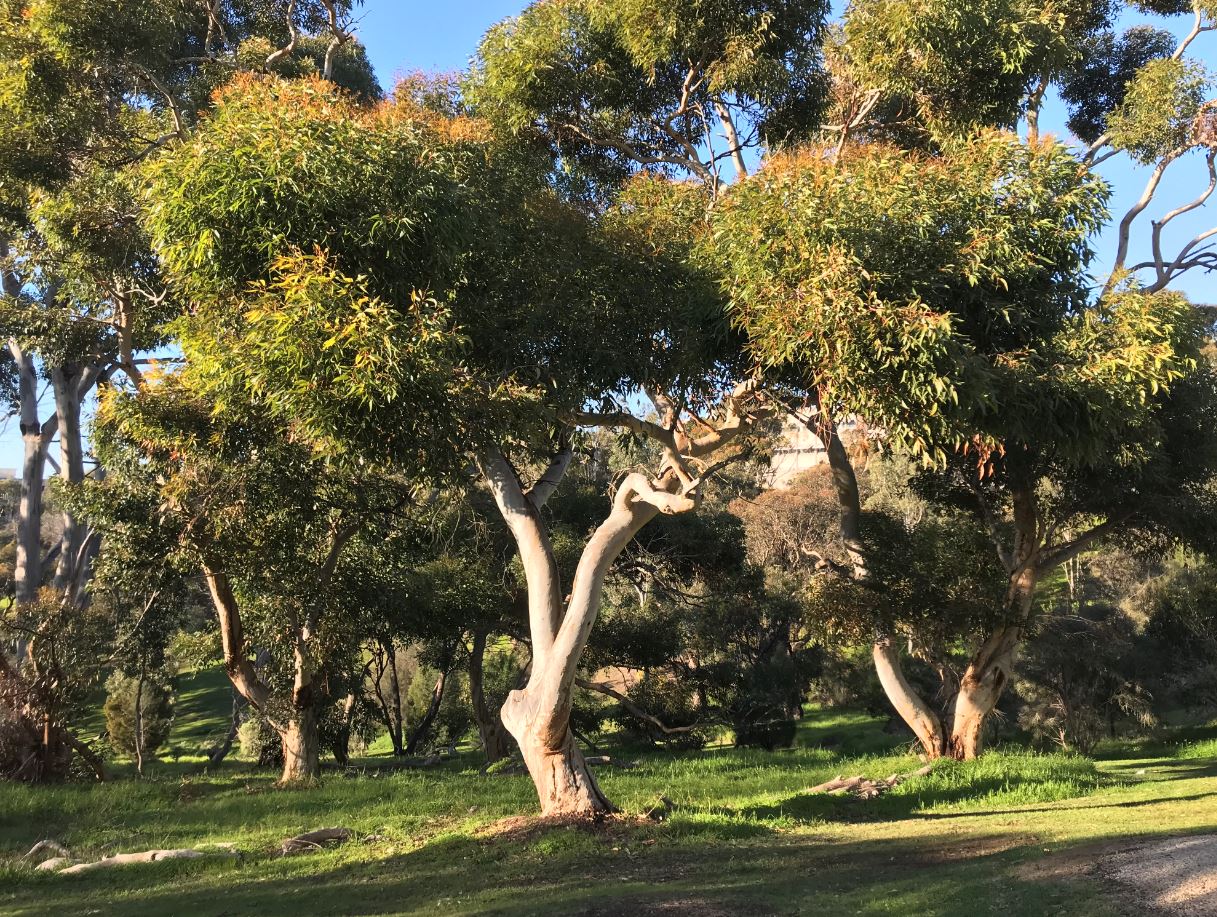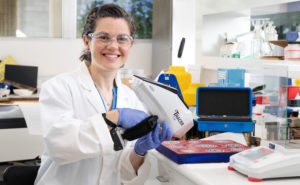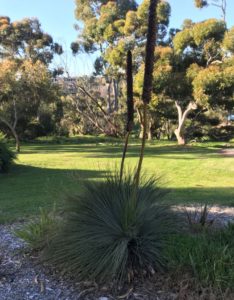
An international scientific team, which includes Professor Rachel Popelka-Filcoff, has determined the molecular composition of plant secretions or exudates preserved under exceptional conditions, from a unique historical collection collected in Australia more than 100 years ago.

For the first time, the research team used Raman X-ray scattering on such complex natural compounds, adapting a methodology that has been used mainly in fundamental chemistry. The results are published in the journal Proceedings of the National Academy of Sciences of the United States of America (PNAS).
For thousands of years, Australia’s First Nations peoples have utilised the extraordinary physico-chemical properties of certain plant exudates, including saps, gums and resins for practical applications or cultural expressions.
They have developed technologies to process natural organic materials, optimising their use for different purposes (e.g. hafting stone tools to handles, preparing paint binders or priming layers for bark paintings), explains Flinders University affiliate Professor Popelka-Filcoff, currently based at The University of Melbourne Faculty of Science.
Read more: Synchrotron technology shines a light on Australian plant exudates
In the early 20th century, a group of unknown naturalists assembled a large collection of plant exudates – most of which were collected between 1876 and 1905 – and carefully annotated the provenance information.
“This exceptional collection provides a unique window into the composition particularly well-preserved historical plant exudates, of major cultural and technological interest,” says Professor Popelka-Filcoff.

“We also analysed some aged samples from Xanthorrhoea (yakka or grass trees), and some eucalypt species found on Flinders University’s Bedford Park campus.”
The research team, comprising three French CNRS laboratories (PPSM, IPANEMA, IMPMC), two synchrotron facilities (SOLEIL in France and SSRL in the United States) and six universities from around the world (University of Paris-Saclay (France), University of Melbourne and Flinders University (Australia), University of Antwerp (Belgium), University of Pisa (Italy) and University of Wisconsin-Madison (US), has pushed state-of-the-art spectroscopy to its limits to study the chemical composition of these compounds.
The study of these complex organic materials has benefited from the innovative use of a method derived from fundamental research in X-ray spectroscopy.

In X-ray Raman scattering, a small fraction of the energy of the X-rays with which a material is illuminated is transferred to its electrons by inelastic scattering, producing a detectable signal to determine the chemical forms of the carbon and the oxygen it contains, and thus providing key information about its composition.
This approach allows a completely non-invasive analysis that is minimally influenced by surface contamination of the samples.
X-Ray Raman scattering conducted at a very high energy resolution allows to probe molecular characteristics undetectable by conventional analysis (FT-IR, GC-MS).
This allows the team to determine the key chemical characteristics of these aged Australian plant exudates, relating them to each plant genus.
The chemical composition and material properties of exudates often determine their cultural use, so it is not surprising that natural materials used over thousands of years continue to inspire current and future uses.
The combination of these approaches opens up new avenues for characterising and chemically classifying plant exudates, as well as studying their properties, with additional potential for identifying these compounds in works of art and cultural heritage objects.
The article, Disentangling the Chemistry of Australian Plant Exudates from a Unique Historical Collection (2022) by Rafaella Georgiou, Rachel S Popelka-Filcoff, Dimosthenis Sokaras, Victoria Beltran, Ilaria Bonaduce, Jordan Spangler, Serge X Cohen, Roy Lehmann, Sylvain Bernard, Jean-Pascal Rueff, Uwe Bergmann and Loïc Bertrand has been published in high-ranking US journal PNAS – DOI: 10.1073/pnas.2116021119

